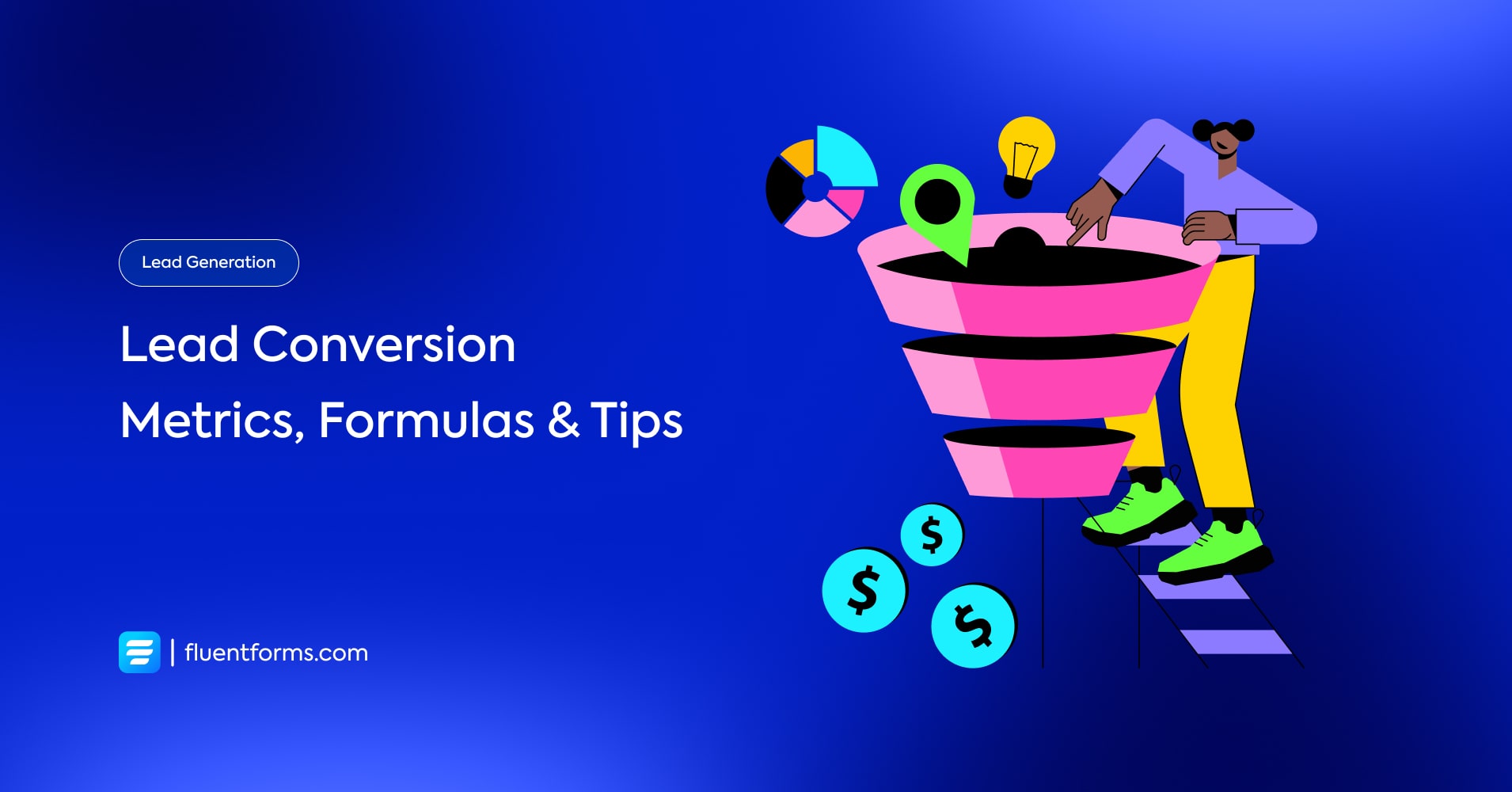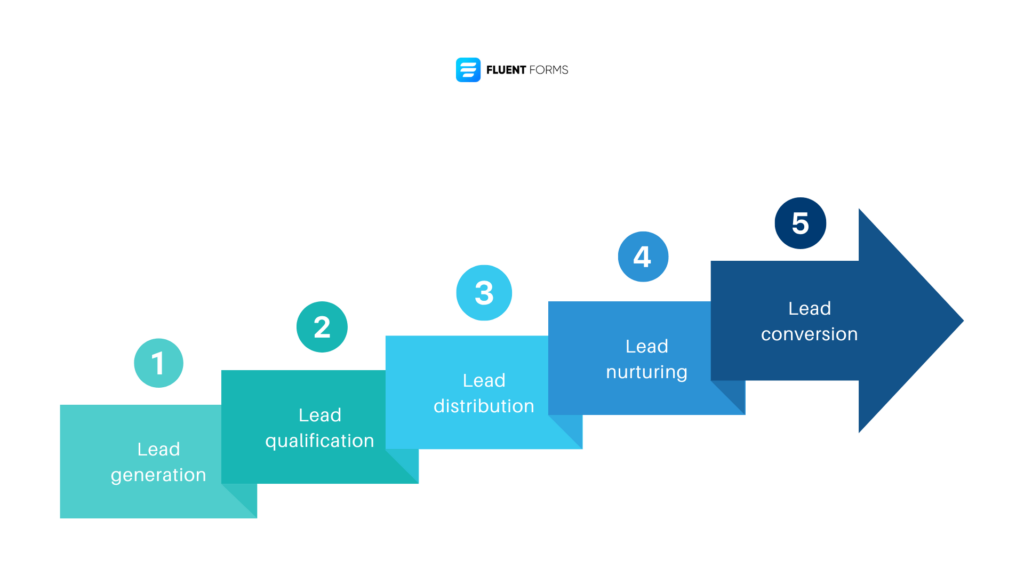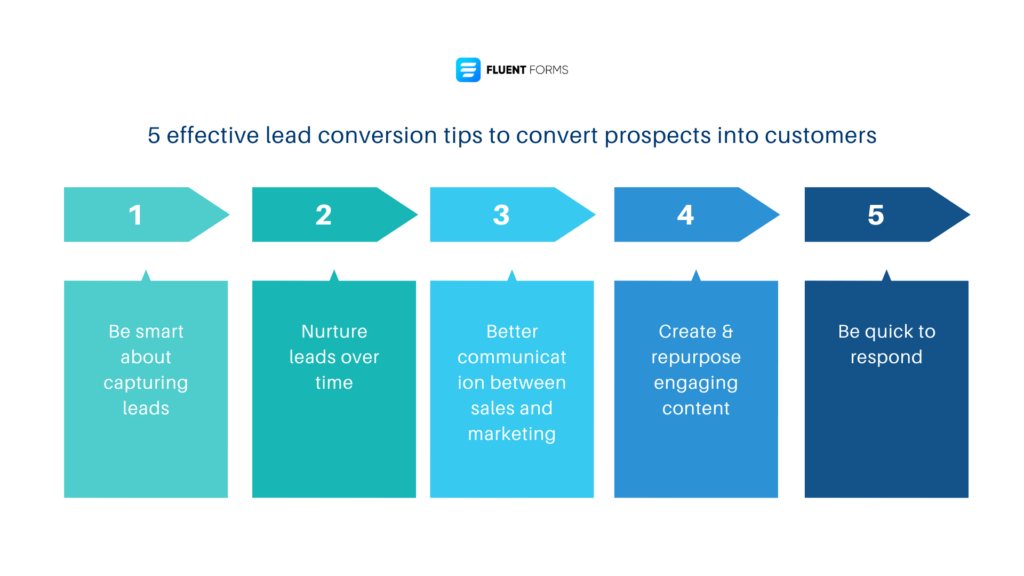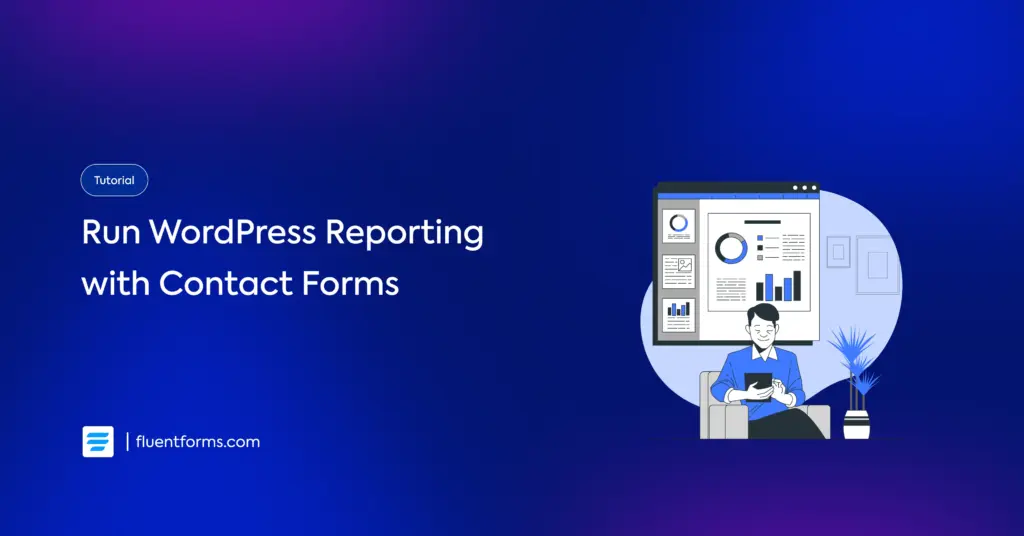Lead Conversion Metrics, Formulas & Tips: Turn Leads into Buyers

You’ve decided that you achieved the initial stability at your start-up, and now it’s time to take things up a notch. For a start, you run some PPC and social media paid ads and notice that there’s been a dramatic jump in the number of leads.
However, you have made quite an investment in obtaining those leads, and now you need to ensure that you can convert a significant share of the generated leads to avoid counting losses.
No worries. In this blog, we’ll explain to you how you can plan and strategize for a high lead conversion rate and earn a fat profit from all your time, effort, and investments.
Let’s jump right to it.
What is lead conversion
Leads are a select group of your target audience who expressed their interest in your products or services. Lead conversion is the process of converting those prospects or leads into paying customers. It includes nurturing each prospect the right way and earning their trust.

Once you generate leads, you need to score them based on their budget, needs, online behavior, email and social engagement, etc. This helps you focus your efforts and resources on the leads who are most likely to convert.
Next, you distribute the qualified leads to the appropriate teams who are best equipped to handle their unique needs.
Moving forward, the experts from respective teams nurture the leads by answering their queries or offering them tailored solutions. This step is very crucial because not every lead is equally ready to make a purchase but requires the right amount of care. Quick responses, valuable insights, and follow-ups at this stage prove to motivate the leads to make the right decision.
By this time, your leads are well-informed and have made their decision. This is the point of lead conversion. At this stage, your job is to ensure a smooth and delightful experience for your leads when they inform you that they’re ready to purchase.
Now that you’re familiar with the lead conversion process, let’s check out the key metrics and formulas to measure the success rate of your lead conversion efforts.
How to measure lead conversion: metrics & formulas
There are several lead conversion metrics that you should measure regularly. They help you keep track of how much return you’re receiving from your investments and how well your marketing and sales efforts are performing.
Depending on the results, you can review your strategies for better results and ultimately bigger success for your business.
Lead conversion rate
Lead conversion rate shows the percentage of leads that turn into customers. It helps evaluate how effectively your sales funnel nurtures prospects. This metric helps you identify bottlenecks and areas for improvement in your funnel.
Formula
Lead Conversion Rate = (Number of Converted Leads/Total Number of Leads) × 100
Lead-to-opportunity conversion rate
This measures how well you qualify leads and turn them into sales opportunities. It focuses on the transition from the early stages of the lead funnel to serious engagement. If this rate is low, it may indicate that you’re not targeting the right audience for your niche.
Formula
Lead-to-Opportunity Rate = (Qualified Opportunities/Total Leads) × 100
Lead-to-sale conversion rate
This metric measures the percentage of leads that not only engage but convert into paying customers. It reflects the effectiveness of your sales strategies and how effective your sales teams are in closing deals.
Formula
Lead-to-Sale Rate = (Closed Sales/Total Leads) × 100
Cost per conversion
Cost per conversion calculates how much you spend to convert a lead into a customer. It helps assess the efficiency of your marketing campaigns. A high cost per conversion indicates that you need to optimize your campaigns or focus your resources on higher-quality leads.
Formula
Cost per Conversion = Total Campaign Cost/Number of Conversions
Lead conversion ROI
This measures the return on investment from your lead conversion efforts, helping you determine if your strategies are effective. A positive ROI indicates that your efforts are earning you profits, while a negative ROI suggests you should adjust tactics.
Formula
Lead Conversion ROI = (Revenue from Converted Leads−Lead Acquisition Costs)/ Lead Acquisition Costs × 100
Lead value
Lead value estimates the average potential revenue generated from each lead, helping you to single out and prioritize high-value prospects.
Formula
Lead Value = Total Revenue/Total Number of Leads
Time to conversion
This measures how long it takes for a lead to convert into a customer, giving insight into your sales cycle’s efficiency. A long time to conversion might indicate the need to refine your lead nurturing process.
Formula
Time to Conversion = Date of Conversion−Date of Initial Contact
Now that you know the formulas for the key lead conversion metrics, you can easily track your lead conversion process to determine your business growth and identify room for improvement. Let’s see how you can optimize your lead conversion efforts in the next section.
5 effective lead conversion tips to convert prospects into customers
Converting leads into paying customers is a lot like guiding them through a strategic journey. Here are five effective tips to help you improve your lead conversion efforts.

1. Be smart about capturing leads
If you can’t convert a significant share of your leads, it’s a waste of resources. And for a higher lead conversion rate, you need to generate quality leads.
Analyze all your lead sources to find out where most of your quality leads are coming from. Optimize those sources for leads at different stages of their buyer’s journey.
Research your leads and customers to define your ideal buyer persona. Create content, adverts, tutorials, etc. that resonate with them. Address their pain points and provide value through your content.
Create compelling landing pages to capture and convert more leads. Focus on the landing page information and design. Keep it simple, scannable, and leave enough white space. Include concise, fun, creative, and convincing CTA copies.
CTA buttons act as a guide for your leads through their buyer’s journey. Strategically place actionable CTA buttons with clear instructions on your landing pages. Provide enough motivation for your leads to click on the desired button.
Last but not least, add a lead generation form to capture valuable data from your leads. Keep the form short and only ask for information that you can utilize in the lead conversion process. Don’t go for any sensitive information in the initial stage, make sure they consider you trustworthy. Use this information to take a personalized approach in the lead nurturing process.
2. Nurture leads over time
The leads you generate at any point in your business may be at different stages of the buyer’s journey. Some of them may be actively looking into your products and how they stand out from your competitors, while others may be only learning about the problems that your products can solve. Regardless, you need to take care of each lead equally, paying attention to all their concerns.
You can create targeted content that addresses the pain points and requirements of each stage of the buyer’s journey from acquisition to decision-making.
Create introductory and explanatory content for leads who are relatively new to the industry. Explain the features or show product demos in detail for leads who are familiar with the industry. State why to choose your business over competitors for leads who are ready to convert.
Schedule targeted email campaigns for lead onboarding and other promotions. Keep the emails precise and the language easy and friendly. Moreover, add a personal touch to the emails so your leads feel taken care of.
3. Better communication between sales and marketing
Effective communication between marketing and sales makes the lead conversion process a whole lot smoother.
Marketing teams can provide sales teams with valuable insights into lead’s pain points, interests, and behavior. This lets the sales team present the leads with a better-targeted sales pitch.
Another important matter to take into account is that no message or reach-out attempt to a lead is repeated. The same message from two teams is frustrating and wastes your lead’s time. This can only be prevented when the teams work in unison.
Moreover, when the marketing and sales teams work together, they can show a unified approach, which ensures that the leads don’t get confused in their purchasing journey.
4. Create & repurpose engaging content
Tailored content is the key to converting your leads. Make sure you provide value to your leads through the content you create. The content should have the answers and solutions to any queries or issues your leads might face. Conduct keyword research to gather ideas about the right content for different stages of their buyer’s journey.
When your solutions satisfy their queries, they become aware of your industry knowledge and trust your brand. This makes them more likely to get the product or service from you.
Make sure to reach your leads on every platform they’re on. See that you optimize your content for search engines, and repurpose the same content for social media, email newsletters, and other channels your leads use.
5. Be quick to respond
You can never go wrong with fast responses. In fact, the earlier you respond, the higher your chances are of converting a lead. Responding to your lead’s queries instantly makes them feel valued and taken care of.
Besides, a delayed response can cause a decline in their interest or excitement because leads are most invested in a product when they first make contact.
You have to ensure you’re not inconveniencing your leads, and you can do that by respecting their time. If you can’t follow up promptly 24/7, you can use a chatbot to respond to the preset queries, and let them know that you’ll get back to them as soon as you can.
Wrapping up
Generating leads is only the start, while lead conversion is the ultimate measure of the success of your business. While a large number of leads indicate that you’re gaining popularity and recognition, the lead conversion process makes sure that you’re closing deals and maintaining a sustainable profit margin while scaling your business.
A high lead conversion rate is very important for your business growth and expansion. Use the metrics and formulas from this blog to track and measure the lead conversion process for your business. Moreover, take advantage of the tips and strategies mentioned here for an even higher conversion rate.
Let us know how the metrics and tips here are helping your business. And don’t hesitate to share your unique ideas and tactics in the comments.







Leave a Reply